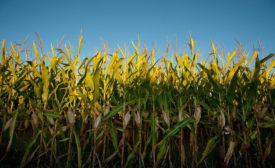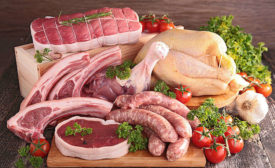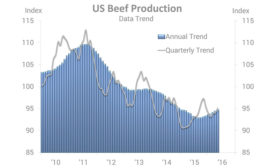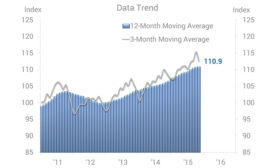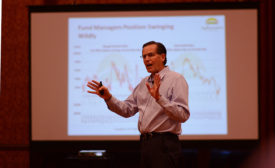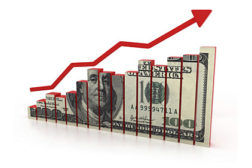Home » Keywords: » economic forecast
Items Tagged with 'economic forecast'
ARTICLES
Falling feed costs and rising producer margins renew expansion interest in animal protein segments.
Read More
The National Provisioner Podcast
The National Provisioner Podcast Episode 184: 2025 economic outlook
Supply chain insights for the coming year.
December 10, 2024
The Crop Report 2023: Second half of 2023 will continue to challenge producers
Prices and transportation costs will remain very volatile
Read More
Special Report | Economic Outlook
2019 Meat and Poultry Industry Economic Outlook: A mixed bag
Despite extra beef and pork supplies, the U.S. protein industry is holding strong due to a strong economy.
Read More
ITR Economics Market Snapshot | U.S. Beef
Signs of growth in U.S. beef production despite downward price pressure
Read MoreSpecial Report
2016 Economic Outlook: Calm waters welcome
Barring a wild card, next year should yield moderate, increased production and stable prices.
Read More
Economic Outlook
2015 CapEx Study
Processors aim spending toward long-term picture, improved efficiency heading into 2015.
Read More
Annual Report
The National Provisioner Top 100: Processors cautiously optimistic
The companies in the Top 100 acknowledge challenges facing the industry, but the overall mood for the coming year is positive.
Read More
Stay ahead of the curve. Unlock a dose of cutting-edge insights.
Receive our premium content directly to your inbox.
SIGN-UP TODAYCopyright ©2025. All Rights Reserved BNP Media.
Design, CMS, Hosting & Web Development :: ePublishing


